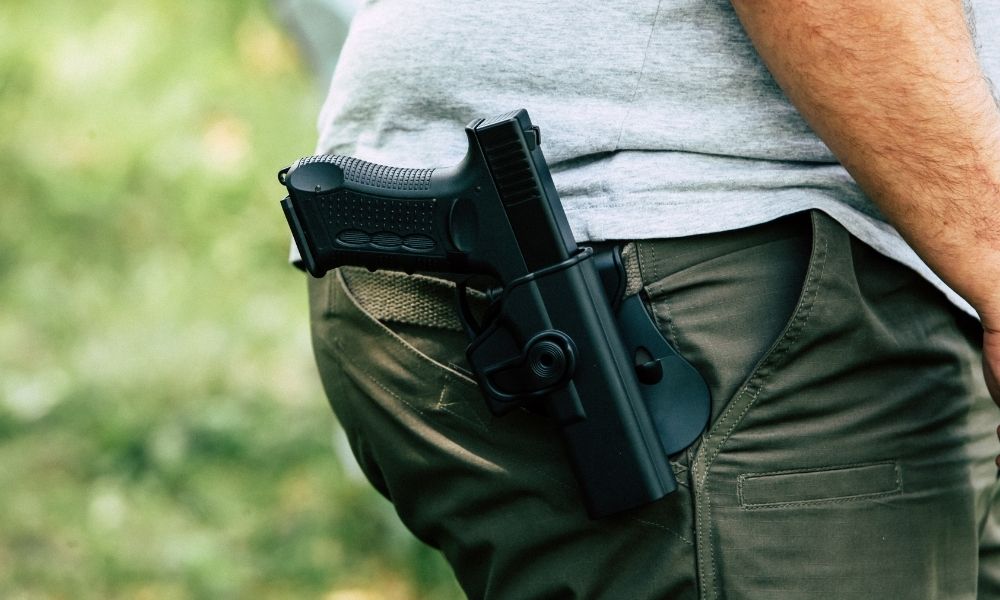
Best Materials for Gun Holsters
When it comes to concealed carry, having a good holster is essential. Not only does the holster need to be comfortable and fit well, but it also must be made from high-quality materials that will protect both your gun and your skin.
This guide will discuss the different types of materials commonly used in holsters and the benefits and drawbacks of each. That way, you can learn how to choose the best materials for gun holsters. Whether you’re just starting in concealed carry or looking for an upgrade, read on to learn the essentials of gun holster materials.
What To Look For When Choosing Gun Holster Materials
When choosing a holster, there are several factors you need to consider, including the type of gun you’re carrying, your body type, and your level of experience. But one of the most important factors is the material the manufacturer uses to make the holster. Here are some things to look for when choosing materials for a gun holster.
Protection
The first thing to consider is whether the holster offers adequate protection from outside elements such as dirt, dust, sweat, and water. It should also protect against accidental discharge (AD).
Comfort
A good gun holster will be comfortable enough to wear all day long without causing any discomfort or chafing of your skin. You should prioritize something lightweight that won’t feel like it’s pulling on your pants or other clothing.
Ease of Use
When choosing a holster, make sure that you can quickly draw your firearm from its concealed position. Be sure you can also re-holster without fumbling around trying to find the opening in which to insert the barrel of your weapon.
Durability
The holster should withstand everyday wear and tear without falling apart. Further, it’s essential that the holster is easy to clean so that you can keep it in good condition.
Now that we know what to look for, let’s take a closer look at the different types of materials commonly used in gun holsters.
Kydex Holsters
Kydex is a thermoplastic formed by heating the material until it is pliable, then molding it into the desired shape. It’s a popular material for gun holsters because it’s durable, lightweight, and doesn’t require much maintenance. Kydex also offers good protection from AD and is easy to clean. However, it can be pretty stiff and may not be as comfortable to wear as other materials.
Nylon Holsters
When it comes to durability, nylon is the way to go. Nylon is a synthetic material that won’t stretch or tear and can withstand all kinds of abuse without showing signs of wear. In addition, nylon holsters are lightweight, so they’re comfortable and ideal for everyday carry. That said, these gun holsters won’t provide as much protection from outside elements like rain and snow. There are various critical things to know when choosing between nylon and Kydex holsters, so make your choice carefully.
Leather Holsters
Leather is a classic material for gun holsters. This material is durable and offers some protection from the elements, but it also provides good airflow so that your skin won’t get too hot. In addition, leather can be dyed any color you want, making it easy to match with other accessories. However, leather is also one of the more expensive holster materials.
Polymer Holsters
Polymer holsters contain synthetic plastic material and are typically cheaper than other holsters. They’re lightweight, durable, and easy to use. Thus, you can draw your weapon quickly and easily from a polymer holster. That said, polymer holsters do not offer as much protection from outside elements and will not last as long if exposed to these types of environments for long periods.
Suffice it to say that knowing how to choose the best materials for gun holsters is critical to finding the perfect fit for your firearm. Now that you know more about polymer, leather, nylon, and Kydex holsters, you can buy the ideal model for your carrying style.
